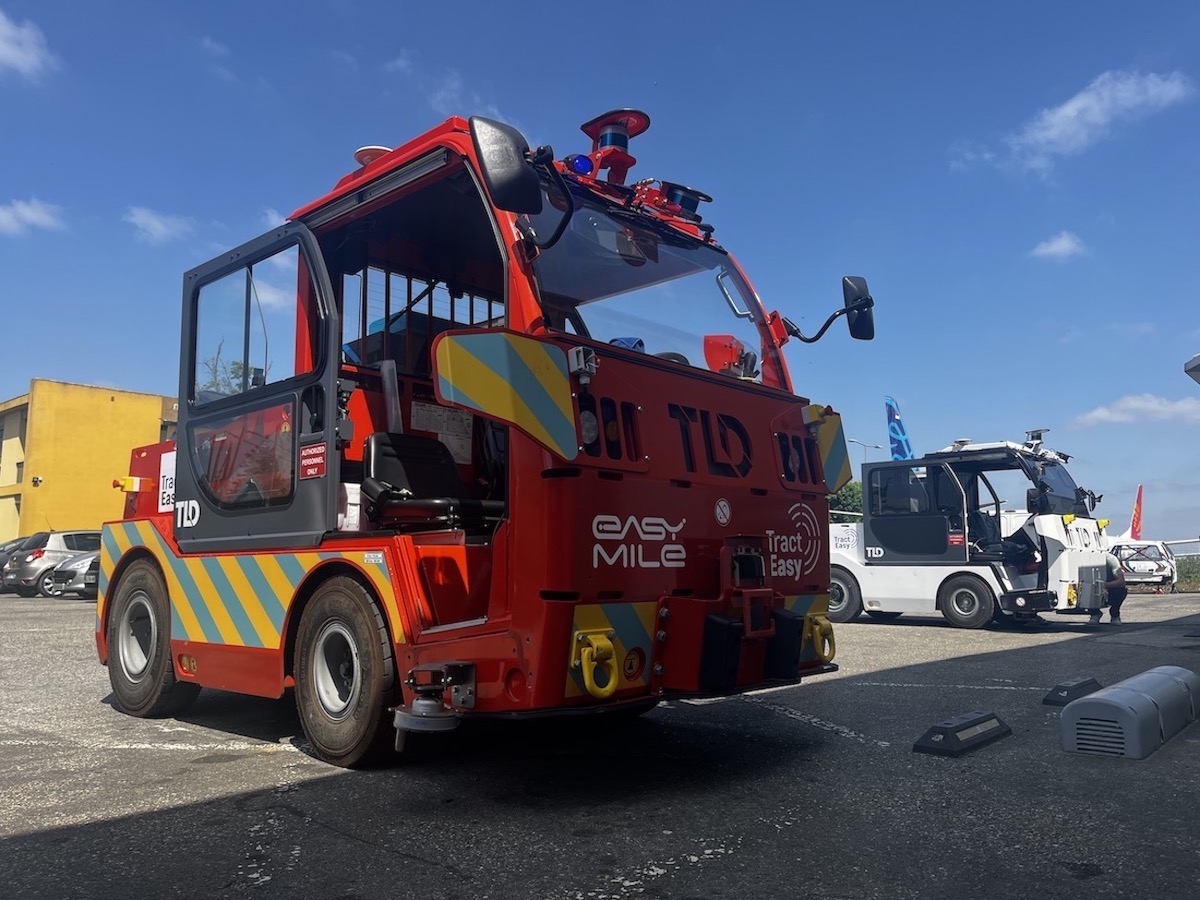When the concept of autonomous driving is raised, most people’s first thought is for the driverless passenger vehicles which will come to replace the cars sitting on their driveways right now. They may imagine futuristic concept cars, owning a vehicle which can take them to work while they relax, or hailing a robotaxi, but the core idea remains the same.
However, we know that self-driving technology will be instrumental in shaping the future of more than personal travel. Public transport, shipping and even flying vehicles have realised the benefits of a driverless model for some time now. Still, none make such a good business case as logistics.
Why is logistics an area with such potential for driverless technology?
On a very basic level, logistics holds incredible potential because of the sheer number of miles the industry clocks up. Plus, the industry is changing in ways which requires companies to innovate in order to stay competitive. Where once business to business (B2B) delivery made up a majority of the sector’s activity, now business to consumer (B2C) has taken the lead. Covid-19 boosted e-commerce sales, and therefore delivery, by 30% too. That figure is unlikely to drop back to its pre-Covid level.
Last mile delivery from depots to front doors has therefore taken up a larger share of the market and a diverse range of customers must be considered when it comes to cost. For example, though 25% of us are willing to pay a premium for services like same day delivery, around 70% will always choose the cheapest option. For logistics businesses, drivers are an incredible expense and prevent 24/7 operation – the cheapest option, therefore, is to go driverless. McKinsey predicts that up to 80% of parcels will be delivered by an AV within the next decade.
The business case for self-driving technology in this sector has always been recognised by developers as there are opportunities along the entire supply chain. In late 2019, for example, an autonomous freight truck demonstrated how reduced delivery time could work to benefit business outcomes. It autonomously delivered butter over 4,500 km from California to Pennsylvania in 3 days in inclement weather. A similar trip with a human driver would normally take nine days.
Reduced cost makes the tech appealing for businesses, but the sector is equally appealing to manufacturers. With no onboard passengers, risk is invariably reduced. Plus, such vehicles are more likely to operate in controlled environments like depots and warehouses, making the manufacture of AVs fit for logistics a little simpler: there are less traffic participants and they are aware of the AVs moving about; routes are limited and exactly mapped. This makes the whole environment much more predictable and hence easier to manage for the AV.
How will the AWARD consortium move driverless logistics forward?
All this is enough of a reason to pay special attention, and give a special boost, to this area of autonomous mobility. A project coordinated under the European Commission’s ‘Horizon 2020’ programme, the All Weather Autonomous Real logistics operations and Demonstrations (AWARD) consortium aims to move autonomous logistics forward by enabling the deployment of safe autonomous transportation systems in a variety of different scenarios.
Made up of 29 partners, including Continental, EasyMile, Applied Autonomy and more, the group hopes to address some of the biggest hurdles in the area so that commercial enterprises might put the technology, processes and policy recommendations to good use. Vitally, this investment will put specific focus on how autonomous heavy duty vehicles can run real logistics operations in harsh weather conditions. That will have incredible knock on effects for the industry at large.
How significant is weather in making logistics self-driving?
Weather is crucial to the performance of autonomous vehicles, and it remains an obstacle which developers are struggling to overcome. Its inclusion in AWARD’s programme is vital to the success of developing self-driving logistics vehicles of any sort as any venture outside a warehouse must be able to continue operation beyond the driest, sunniest months.
Getting AV development out of the lab, beyond the prototype stage and into testing in real world environments is the key. This has been done in some places, and some have even shared their findings in an attempt to push the tech forward, but most road tests for AVs are still carried out in fair weather conditions.
Extensive real world testing is a necessity as, on their own, conditions like rain and snow are not necessarily prohibitively difficult for AVs to navigate. However, the transition between phases of different conditions is difficult for AVs to master, though manufacturers like Continental are making progress. AWARD, and the trials it is set to undertake over the next three years, may be key to advancing solutions for not just self-driving freight, but all driverless vehicles.
It’s because of this potential that the AWARD consortium presents such an exciting step forward for driverless in this sector. As the industry which perhaps stands to gain the most from speedy implementation of self-driving solutions, logistics is an interesting area for the programme to focus on and presents a great chance of achieving actionable results.
The collaboration of AWARD, which draws on knowledge from 29 partners across Europe, is indicative of what is needed across the wider industry. It’s only through cooperation that we can hope to realise the true potential of driverless tech.
Article originally posted on: https://best-of.2025ad.com/en/

